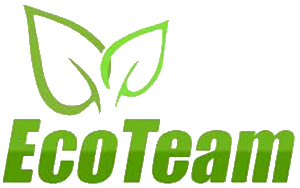Uncategorized
How to Develop Workflow Processes
Workflows are a series of steps that leads to an outcome that is specific, such as completing a task or implementing new policies. They’re commonly used in product-manufacturing environments, but they can be useful in almost any professional context. Workflow templates allow teams to quickly and efficiently design processes that help to accomplish their goals without having to reinvent the wheel.
One of the most important aspects to develop a workflow is identifying all the people involved and their roles. This includes the person who initiates the process, as well as any people or systems that need to be asked for information or approval. Once all the stakeholders have been identified, it’s possible to identify potential bottlenecks and obstacles. These are usually areas where the workflow might not be as smooth as it should, such as the lack of clear communication or an inefficient system.
You can www.businessworkflow.net/2021/04/18/best-project-management-tools-for-easier-management-and-sharing-of-data/ also spot automation opportunities. If the new hire system requires extensive manual interaction it may be worth automatizing certain of these tasks. This will free up time for more value-adding activities, such as training new employees.
Once a workflow is in place you can then set up a collaborative tool online that allows everyone to access and read a document. This will help everyone on the team be aware of their responsibilities and build an environment that encourages collaboration and transparency. It’s also a great method to eliminate siloed communications and improve productivity.
